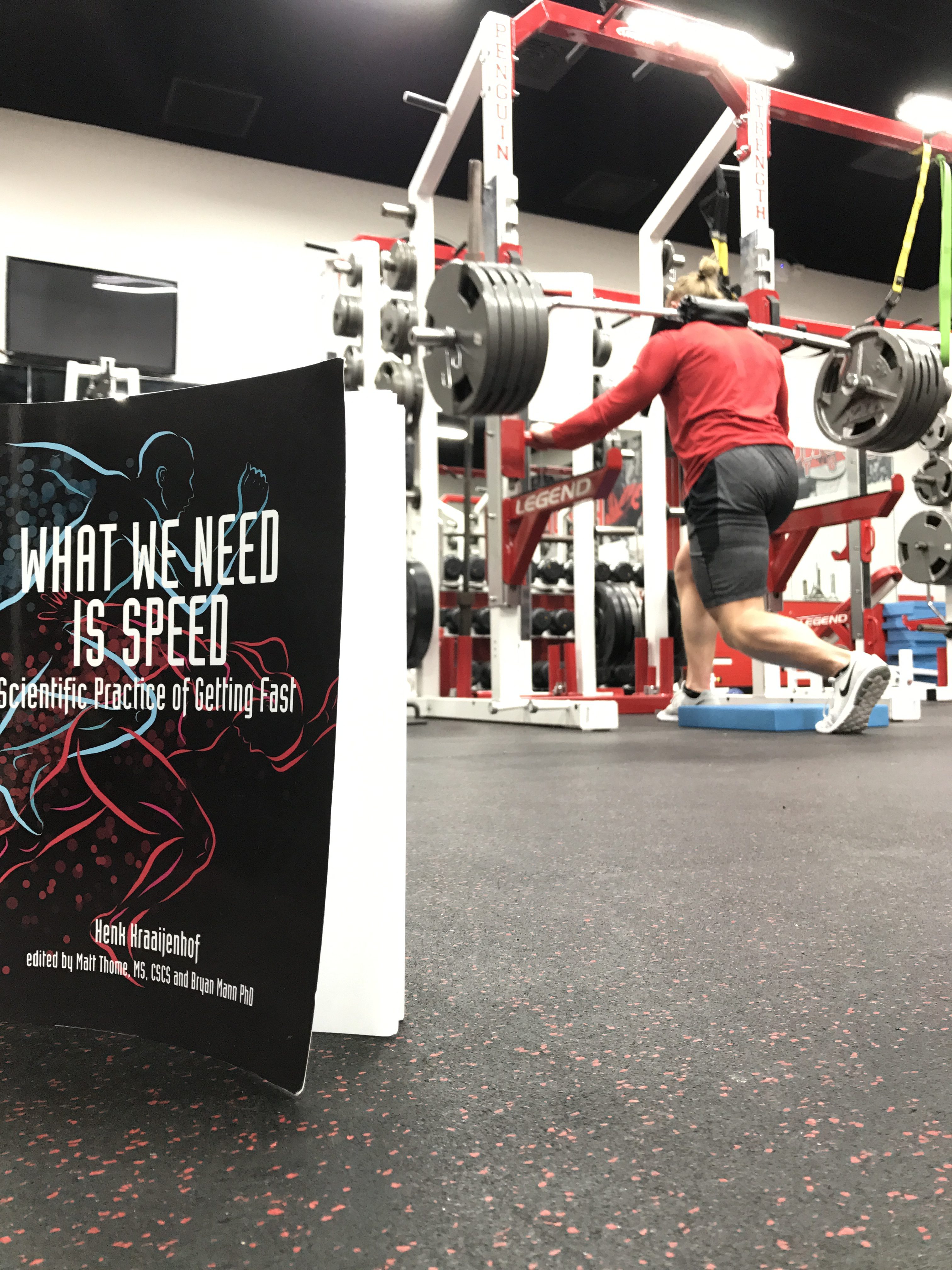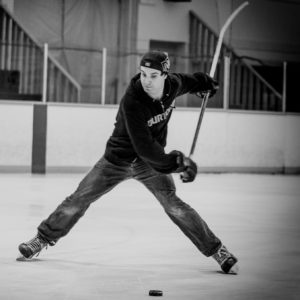My key points from “What We Need is Speed: Scientific Practice of Getting Fast” by Henk Kraaijenhof:
1. “Try to find the right program for your athlete, not the right athlete for your program.” “Some athlete’s superfood might be other athlete’s poison.”
2. Sprint performance depends on the T-factors: Talent (genetic predisposition), Training, Temperature (need high temperatures to develop sprinters), and Technology (to monitor, record, and enhance training).
3. The principle of supercompensation is pointing you in the wrong direction! Physiological systems (CNS, ANS, metabolic, neuromuscular, cardiorespiratory, detoxification, and hormonal) all have their own timeframes of recovery and supercompensation.
4. “The variation in execution of any phase in sprinting is so individually variable that it hardly makes sense to come up with averaged numbers of generalized cues.” Ben Johnson got into full running position as soon as possible, Maurice Green “stayed low” and tried to accelerate all the way until 60 meters.
5. There are no frontside mechanics without backside mechanics and there are no backside mechanics without frontside mechanics. What is more important to life of humans, the heart or the brain? They cannot exist without each other.
6. Strength training does not make you slower, unless it is the only thing you do. Look for an optimal strength level, “The stronger the faster!” is not correct.
7. In the weight room, Henk recommends using “micro-breaks” to maintain power output. “So instead of 3 sets of 10 reps with 2 minutes rest between the sets, now 10 sets of 3 reps with 30 secs micro-break between the sets (put the bar back). With 3 sets of 10 you often get no more than 20-22 reps above 90% velocity, with the micro-break, you get all 30 reps over the 90% velocity; so a much high power output on average, thus, a greater intensity and quality of your exercise even with the same load and reps.”
8. “In every stride or jump you need to find the balance between elasticity and stiffness; you need a certain amount of both.”
9. “A lot of recovery methods work well because they slow down or block the physiological/biochemical cascade of events happening in the body. But this is exactly the effect of training that we want to accomplish in order to get an adaptation!!” Henk references three scenarios:
After running a 400, should you jog around to clear the lactic acid or should you squat down to hold it in the muscles longer? The longer the muscles “soak” in lactic acid, the better the response of the muscle and the better the training effect.
Plyometric training changes muscle tone. Stretching will lower muscle tone, sending the adaptation in the opposite direction.
Training causes inflammatory processes. Ice baths will block these processes, therefore limiting the full repair and adaptation of the tissue through anabolic processes. (The same happens with NSAIDs).
10. The brain is the ultimate performance organ.
“Everything we know now will seem backward 50 years from now.”
Purchase the book here.


My strength and power have improved significantly. My shot in hockey has improved in speed, quick release and over all responsiveness in puck control. Lateral movement has increased in speed, and overall stability and core strength have improved. I’ve loved it (Hypertrophy Clusters) so far, I’m doing round two as of next week.
Zach C. - Hockey Player
PURCHASE HYPERTROPHY CLUSTER PROTOCOL HERE



